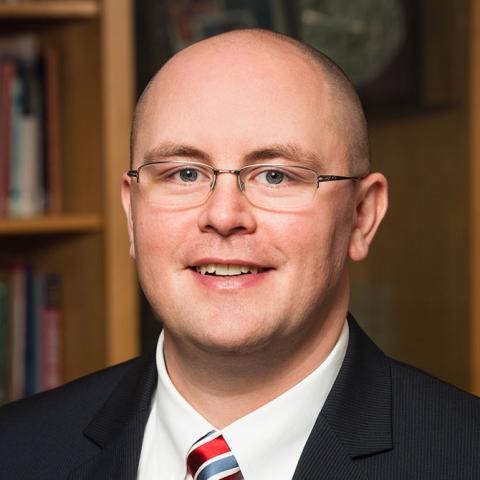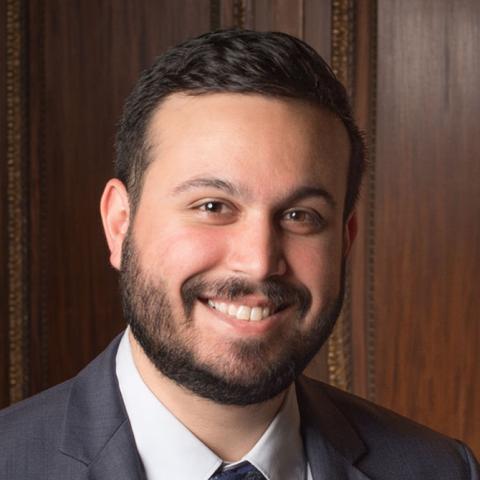Just six months after COVID-19 vaccines were first administered in the United States, more than 60 percent of adults have received at least one dose, including more than 85 percent of those age 65 and older. In recent weeks, this success in vaccination administration, along with mask-wearing, social distancing precautions, and warm weather, has produced a rapid and welcome decline in cases, hospitalizations, and deaths throughout the country.
But progress has been uneven across states, with a growing gap as the pace of vaccination slows more in some states than others. Widespread media attention has centered on “vaccine hesitancy,” but state-to-state variation in vaccination rates is exhibiting a familiar pattern: states that have invested more to ensure access to health care are pulling ahead while others lag.
States Are Administering New Vaccine Doses at Different Paces; Health Systems That Offer Better Health Care Access Are Pulling Ahead
Early on, all states focused on getting a limited supply of shots in the arms of the people most at risk. The pace of vaccination was fairly consistent across states. All reached 35 percent of adults with at least one dose by around the first week of April.
However, as supply and eligibility opened up, differences emerged. While the pace of vaccination has accelerated in California, Washington, and several Northeast states, it is slowing in others — particularly in Southern states like Louisiana, Mississippi, and Alabama. There is now a nearly 40 percentage-point difference in the share of adults with at least one vaccine dose between high- and low-vaccination states.
What accounts for the recent changing pace of vaccination? Several factors are likely at play, but when we compare the patterns of vaccination to the Commonwealth Fund’s annual State Scorecard rankings, it is hard to miss that states that have previously performed well on measures of access and patient engagement are seeing higher rates of vaccine administration, while lower-performing states are progressing more slowly.
Opportunities in All States to Reach High Vaccination Levels
Much of the focus around vaccination rates has centered on the willingness of people to take a vaccine. But recent estimates indicate that adult hesitancy in most states may not be a barrier to reaching target adult vaccination levels of 70 percent to 80 percent.
As illustrated in this exhibit, using hesitancy estimates from the federal government and current vaccination rates, we see adult hesitancy rates around 10 percent to 20 percent in most states. This means that even in states with lower vaccination rates, there is a significant target population that would likely take the vaccine under the right circumstances.
Efforts to educate the public about the dangers of COVID-19 and the effectiveness and safety of the vaccines will continue to be important. But with such a large proportion of people open to receiving the vaccine, there is an opportunity to employ near-term access strategies, particularly for communities of color that face greater access barriers. The challenge may be more formidable in states that have invested less in ensuring access to care and public health services, including those with largely rural populations.
Moving Forward
With demand at mass vaccination sites starting to decline, ongoing progress will depend on local approaches that deliver vaccines to the places most convenient and comfortable for communities.
Most important will be ensuring that a broad variety of providers — particularly ambulatory clinics, primary care doctors, and pediatricians — have the vaccine available for their patients. Allowing people to get the vaccine in a familiar setting will improve their comfort level and increase their options. Wisconsin has been putting vaccines in community provider offices since early in the vaccination campaign with success. North Dakota, which has smaller, more rural facilities that need less supply, has set up ultra-cold freezer storage that allows the state to distribute smaller vaccine allocations to providers.
States also have shorter-term options, like mobile vaccination sites or pop-up clinics, as Massachusetts and Vermont have done, or ensuring walk-in appointments, like New York has. In addition to enhancing access in traditional settings, many states are employing creative campaigns that allow residents to get their shot at a baseball game, or enjoy a free beer, a $100 savings bond or exclusive lottery ticket entry with proof of vaccination.
Combined with more explicit equitable distribution strategies like those employed in California that reserve supply for high-need neighborhoods, these access improvements could help close remaining disparities and bump all states to a vaccination level that will help the U.S. ward off variants and future outbreaks.
Still, the vaccination rollout is showing once again that states that do more to enable access to health care services can leverage that investment in a crisis, whether it is a pandemic or natural disaster. COVID-19 highlights the importance of sustaining primary care and public health infrastructure over time so all Americans can receive the services they need not just in times of crisis, but in their day-to-day lives.







